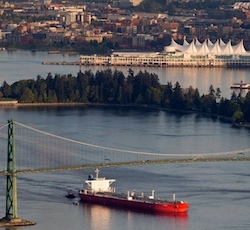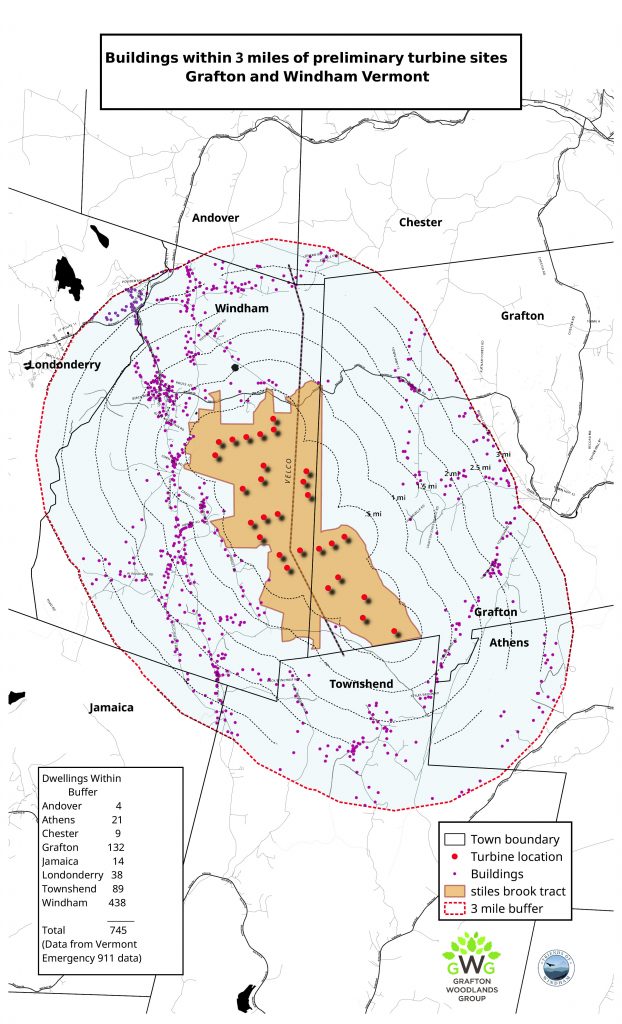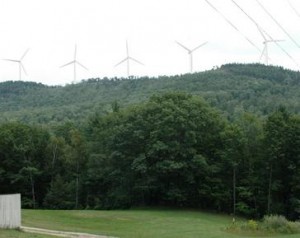Dec 30 2016
British Columbia has been a hotspot of concern—and research—about the extent and the impacts of shipping noise. The southern BC coast is close to acoustic saturation, with any increase in noise having the potential to completely overwhelm the underwater soundscape; meanwhile the northern coast holds a few areas that are still nearly free of human noise intrusion, and we need to do all we can to preserve these increasingly rare acoustic refuges. These contentious waters have been roiled in several contradictory though perhaps ultimately productive ways by recent Canadian government actions. In the month between Thanksgiving and Christmas, a northern pipeline was rejected and a southern one approved; meanwhile, ongoing research aims to identify the noisiest ships and help inform new regulations that could reduce overall noise levels.
 The biggest headlines and fears have been spurred by the final approval of the Trans Mountain Pipeline expansion that will deliver oil from the Alberta tar sands to an existing port in Burnaby, BC. The port currently hosts about five tankers a month; the increased flow in the expanded pipeline (75% the capacity as the proposed Keystone XL) will necessitate about 35 ships a month, meaning an average of two tanker transits a day past Vancouver as they travel to and from the Strait of Georgia off the coast. These waters are currently burdened by shipping noise 85% of the time, and the increased traffic will push this to 100% in some areas. Concern centers on the tenuous status of the region’s orca populations, which are struggling to find the salmon they need; shipping noise makes it harder for them to track salmon with their echolocation clicks and to communicate with each other as they search for food. “Death by a thousand cuts, and this is a very deep cut,” says Deborah Giles, research director for the Center for Whale Research. “They’re spending more energy to find less food and we’re adding the equivalent of a rock concert,” she says. “These whales will not survive.”
The biggest headlines and fears have been spurred by the final approval of the Trans Mountain Pipeline expansion that will deliver oil from the Alberta tar sands to an existing port in Burnaby, BC. The port currently hosts about five tankers a month; the increased flow in the expanded pipeline (75% the capacity as the proposed Keystone XL) will necessitate about 35 ships a month, meaning an average of two tanker transits a day past Vancouver as they travel to and from the Strait of Georgia off the coast. These waters are currently burdened by shipping noise 85% of the time, and the increased traffic will push this to 100% in some areas. Concern centers on the tenuous status of the region’s orca populations, which are struggling to find the salmon they need; shipping noise makes it harder for them to track salmon with their echolocation clicks and to communicate with each other as they search for food. “Death by a thousand cuts, and this is a very deep cut,” says Deborah Giles, research director for the Center for Whale Research. “They’re spending more energy to find less food and we’re adding the equivalent of a rock concert,” she says. “These whales will not survive.”
Environmental groups will likely file suit challenging the approval, citing the government’s failure to mitigate the increased impact. At the same time, though, Fisheries Minister Dominic LeBlanc and Transport Minister Marc Garneau are working on a revamped recovery plan for the 80 remaining resident orcas. LeBlanc notes that Read the rest of this entry »
Dec 06 2016
 Two central Vermont towns have voted against plans to build a wind farm on the hills along their border, despite a late-in-the-game offer from wind developers to mitigate some of the downsides by making direct annual cash payments to residents. While landowners that host turbines always receive payments from wind developers, and some projects have included “good neighbor” payments to nearby landowners, this is the first time I know of in which a project extended a cash-payment program to include all local citizens.*
Two central Vermont towns have voted against plans to build a wind farm on the hills along their border, despite a late-in-the-game offer from wind developers to mitigate some of the downsides by making direct annual cash payments to residents. While landowners that host turbines always receive payments from wind developers, and some projects have included “good neighbor” payments to nearby landowners, this is the first time I know of in which a project extended a cash-payment program to include all local citizens.*
The votes were not close, with over 60% of voters in both towns giving thumbs-down to the wind farms. Iberdola, the developer, had pledged to respect the voters and discontinue its efforts to build there if they lost.
A key factor for many locals was the unusually high number of homes relatively close to the ridge where the turbines were slated to be built (click image to enlarge). As compared to two other large projects in the state (Sheffield and Lowell Mountain), this project had a concentration of homes close enough to more or less guarantee that the turbines would be easily heard regularly—over a hundred within a mile, and another 150 between a mile and a mile and a half. This increased home density (4-6x more than Sheffield or Lowell) continued out to 2 miles, where noise could be audible at times.
What to make of the payment offers?
While many locals took offense at what could easily be seen as an attempt to buy their votes, the cash payments plan was also a long overdue acknowledgement that the presence of turbines in a community does amount to a “dis-amenity,” a negative contribution to local sense of place and quality of life. Read the rest of this entry »
Dec 05 2016
 You really need to have a history degree to keep track of the twists and turns in the 4-years-and-counting Dixfield Wind Energy Saga. Ever since the adoption of a wind ordinance in 2012, local citizens, Planning Board, and Selectmen in this Maine town have been proposing revisions that have been rejected by voters. The 2012 ordinance, which still stands, includes a 2000-foot setback and noise limits in accordance with state standards of 55dB day/42dB night. In both 2013 and 2015, the updated ordinances contained some stricter standards (both include low-frequency standards and the 2015 one would have doubled the setbacks and lowered the night noise limit to 35dB), but both times the voters narrowly rejected the changes. Local officials have remained concerned that some of the zoning language in the 2012 ordinance is unenforceable, and this spring, they once again took a shot at finding a middle ground by resubmitting the language they liked in the 2015 attempt, but tweaked to return the noise limits to the state standard; as one Planning Board member put it, “The vote on the proposed wind power ordinance has provisions that both sides dislike. Maybe that makes it a reasonable compromise.” But that, too, failed to win support in a June 2016 vote. These 2012-2016 votes were all narrow victories for the pro-windfarm contingent in town, which maintained that the setbacks would preclude development and the low-frequency noise requirements would require cumbersome monitoring.
You really need to have a history degree to keep track of the twists and turns in the 4-years-and-counting Dixfield Wind Energy Saga. Ever since the adoption of a wind ordinance in 2012, local citizens, Planning Board, and Selectmen in this Maine town have been proposing revisions that have been rejected by voters. The 2012 ordinance, which still stands, includes a 2000-foot setback and noise limits in accordance with state standards of 55dB day/42dB night. In both 2013 and 2015, the updated ordinances contained some stricter standards (both include low-frequency standards and the 2015 one would have doubled the setbacks and lowered the night noise limit to 35dB), but both times the voters narrowly rejected the changes. Local officials have remained concerned that some of the zoning language in the 2012 ordinance is unenforceable, and this spring, they once again took a shot at finding a middle ground by resubmitting the language they liked in the 2015 attempt, but tweaked to return the noise limits to the state standard; as one Planning Board member put it, “The vote on the proposed wind power ordinance has provisions that both sides dislike. Maybe that makes it a reasonable compromise.” But that, too, failed to win support in a June 2016 vote. These 2012-2016 votes were all narrow victories for the pro-windfarm contingent in town, which maintained that the setbacks would preclude development and the low-frequency noise requirements would require cumbersome monitoring.
Now a 5th vote in November 2016 has once again rejected a change, this time a proposal to simply nullify the 2012 town ordinance and let the state regulate the wind farms, which is now the preferred option by those who want the town to get out of the way and let the wind farm proceed. It was once again very close, 616-642 (14 switched votes would have changed the outcome), and I guess it marks the first loss by the pro-wind group, but no one will be happy with the outcome—local officials still say the 2012 version is unenforceable and advocates for greater local control have repeatedly pushed for more stringent standards. So the merry-go-round will continue spinning, the gold ring still out of reach for all concerned.
For a recap of the tortured history, click on through to read the post I put together in June 2015 recounting the events up till then—including, in fact, a vote recount that dramatically overturned the one previous victory by the more cautionary contingent.
Read the rest of this entry »
 The biggest headlines and fears have been spurred by the final approval of the Trans Mountain Pipeline expansion that will deliver oil from the Alberta tar sands to an existing port in Burnaby, BC. The port currently hosts about five tankers a month; the increased flow in the expanded pipeline (75% the capacity as the proposed Keystone XL) will necessitate about 35 ships a month, meaning an average of two tanker transits a day past Vancouver as they travel to and from the Strait of Georgia off the coast. These waters are currently burdened by shipping noise 85% of the time, and the increased traffic will push this to 100% in some areas. Concern centers on the tenuous status of the region’s orca populations, which are struggling to find the salmon they need; shipping noise makes it harder for them to track salmon with their echolocation clicks and to communicate with each other as they search for food. “Death by a thousand cuts, and this is a very deep cut,” says Deborah Giles, research director for the Center for Whale Research. “They’re spending more energy to find less food and we’re adding the equivalent of a rock concert,” she says. “These whales will not survive.”
The biggest headlines and fears have been spurred by the final approval of the Trans Mountain Pipeline expansion that will deliver oil from the Alberta tar sands to an existing port in Burnaby, BC. The port currently hosts about five tankers a month; the increased flow in the expanded pipeline (75% the capacity as the proposed Keystone XL) will necessitate about 35 ships a month, meaning an average of two tanker transits a day past Vancouver as they travel to and from the Strait of Georgia off the coast. These waters are currently burdened by shipping noise 85% of the time, and the increased traffic will push this to 100% in some areas. Concern centers on the tenuous status of the region’s orca populations, which are struggling to find the salmon they need; shipping noise makes it harder for them to track salmon with their echolocation clicks and to communicate with each other as they search for food. “Death by a thousand cuts, and this is a very deep cut,” says Deborah Giles, research director for the Center for Whale Research. “They’re spending more energy to find less food and we’re adding the equivalent of a rock concert,” she says. “These whales will not survive.”

